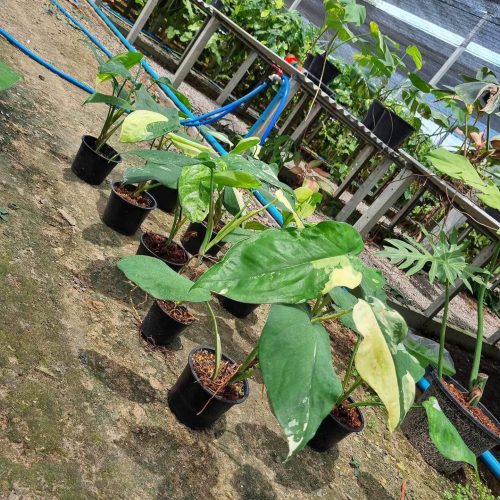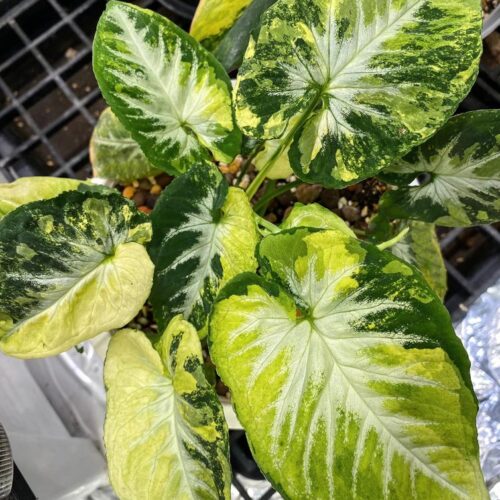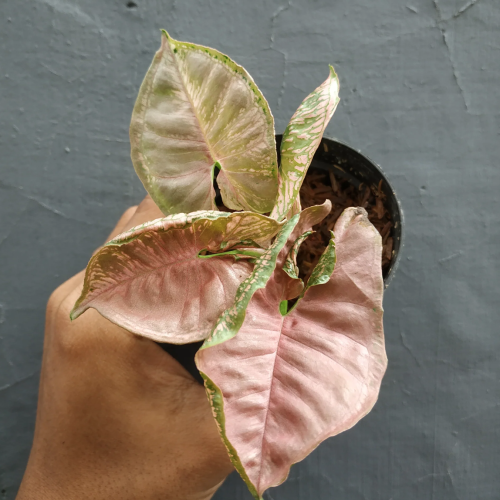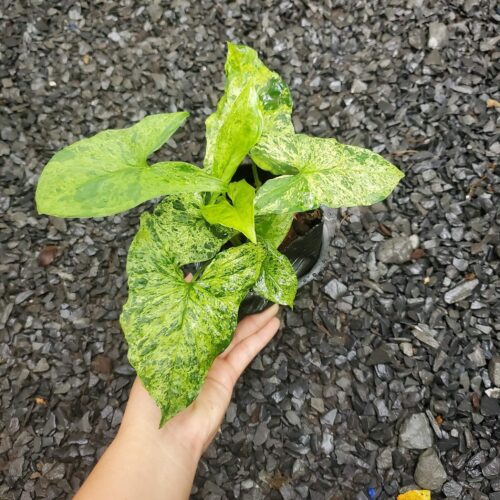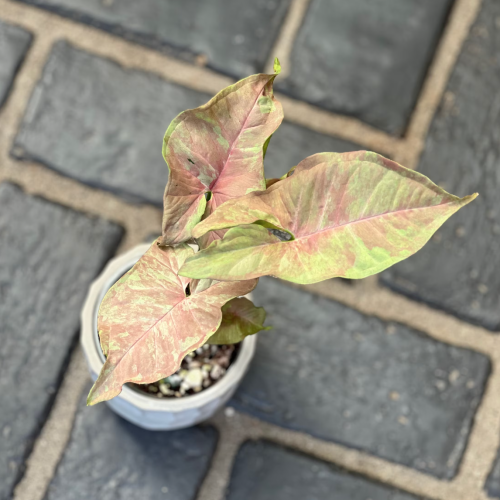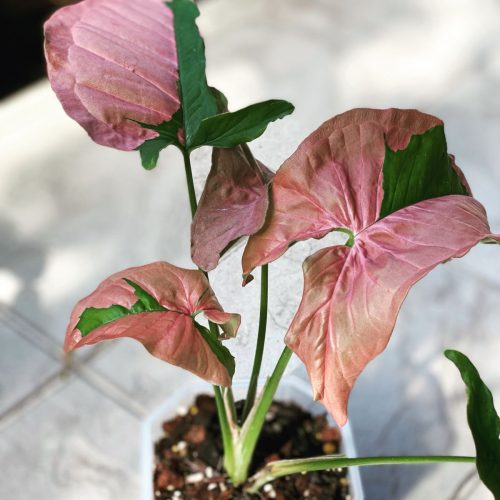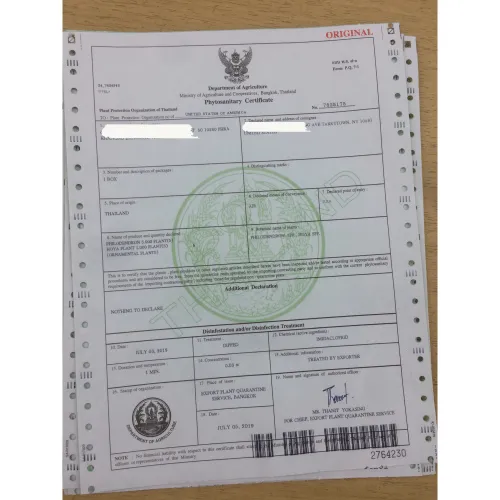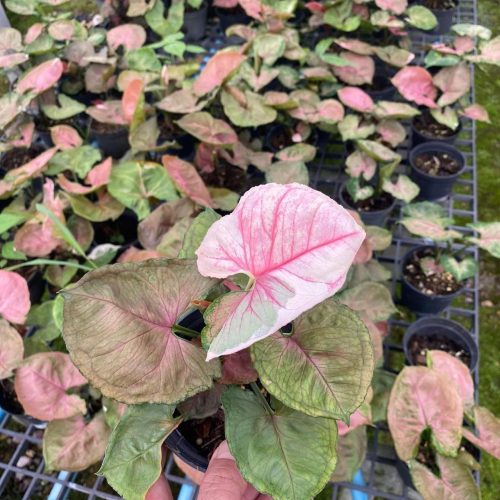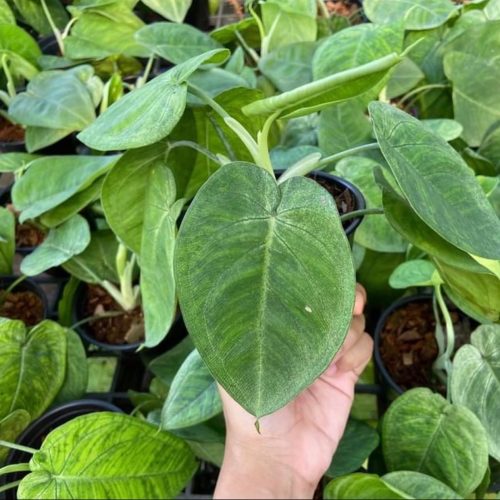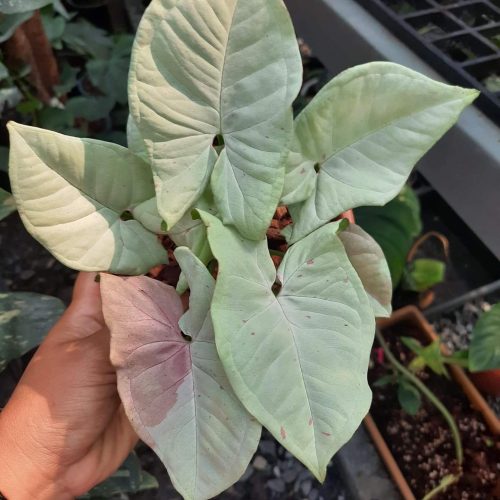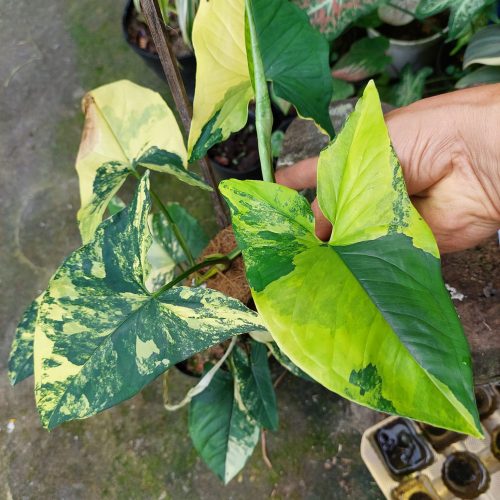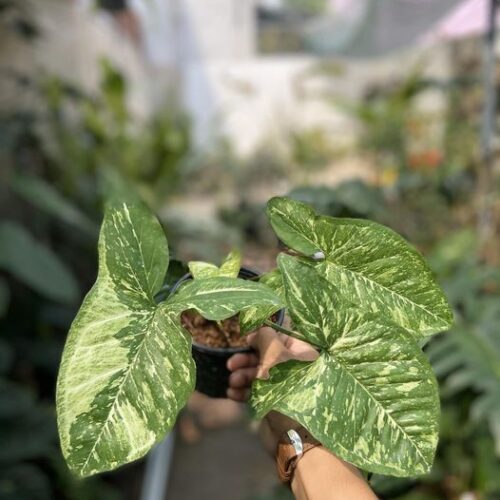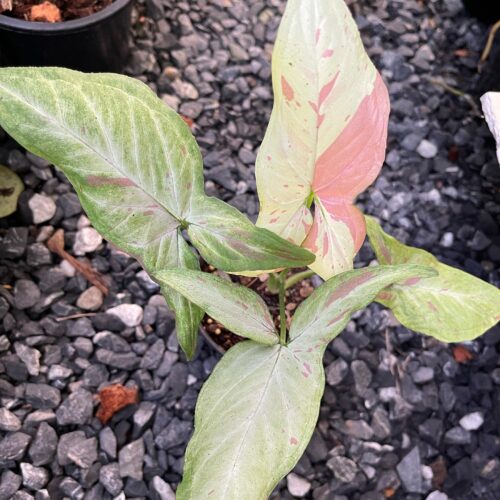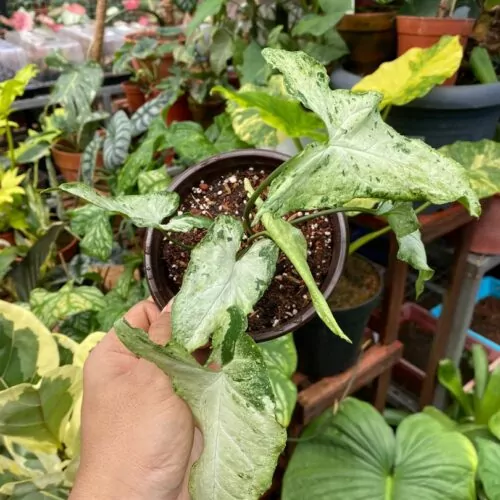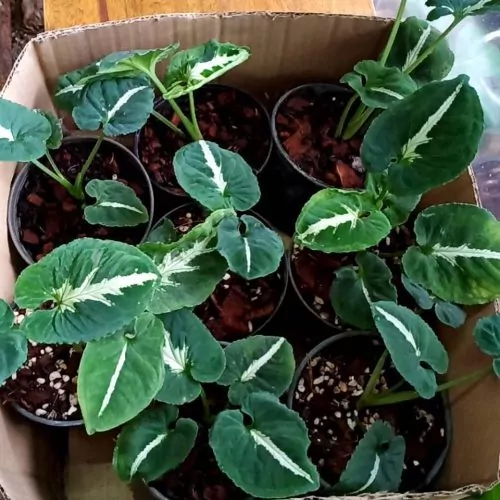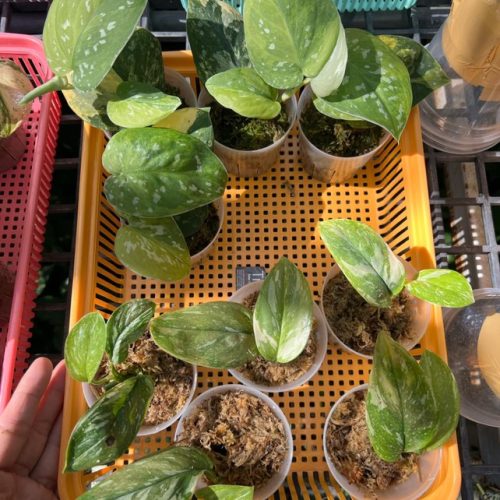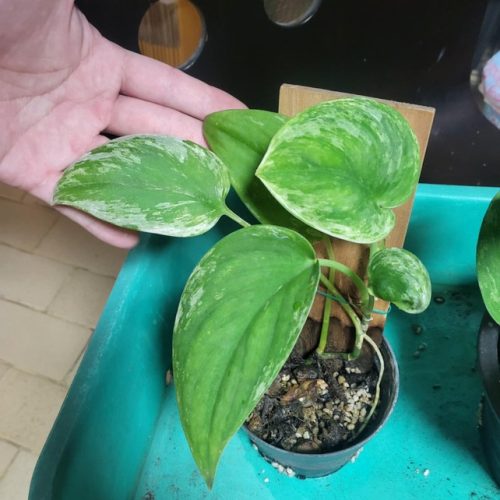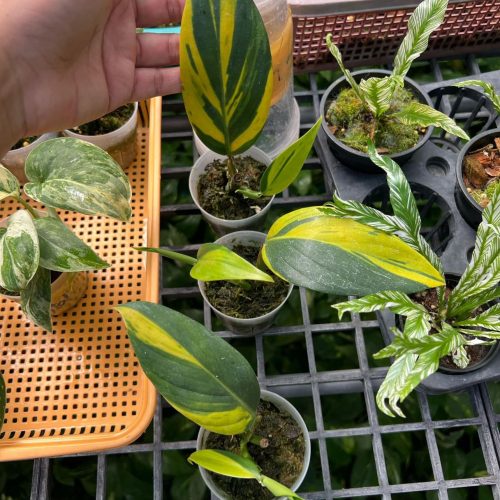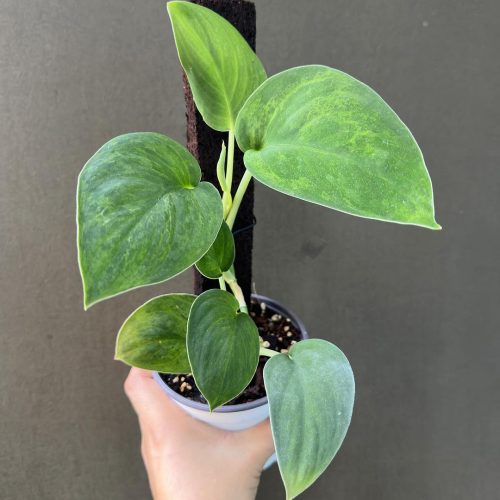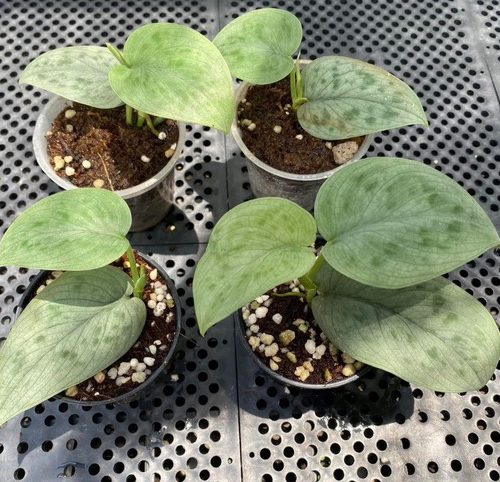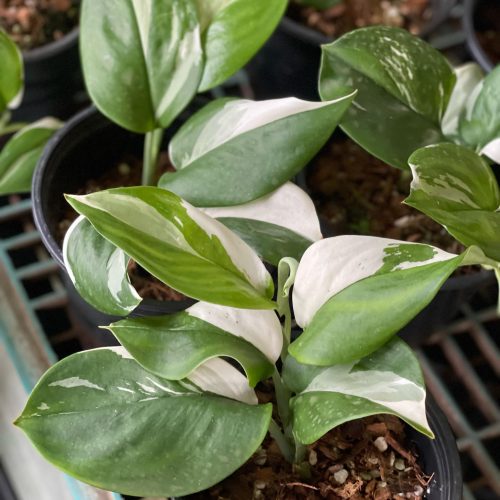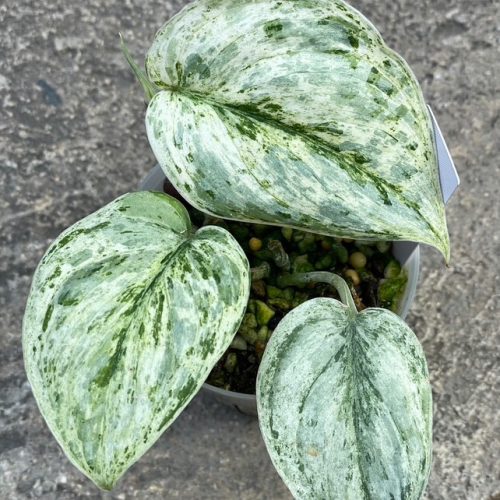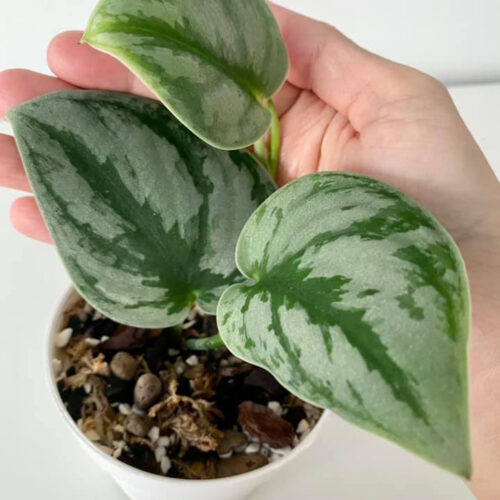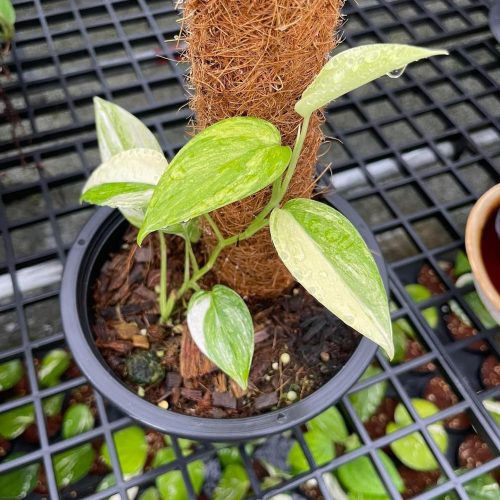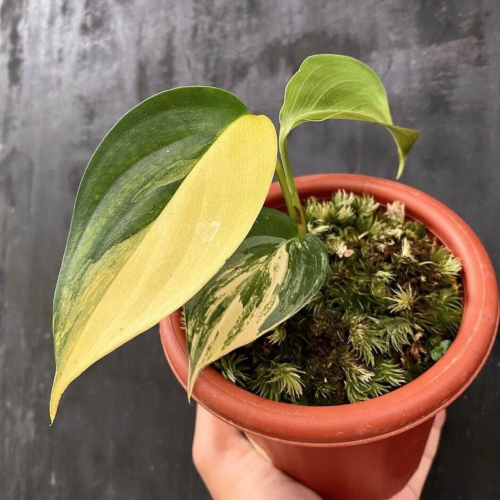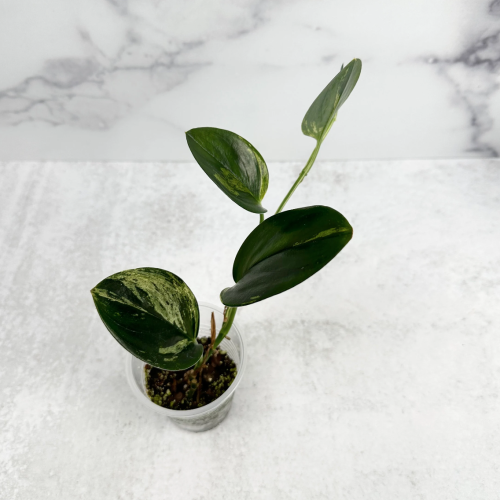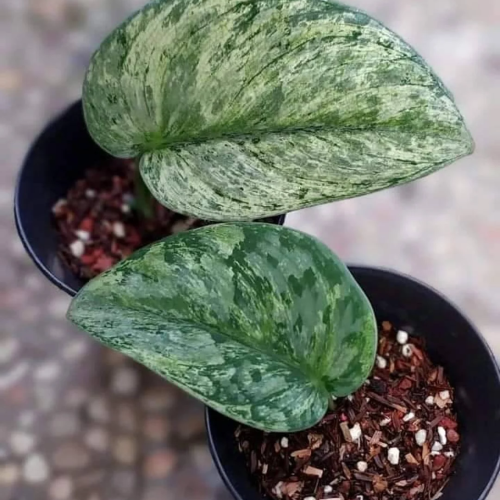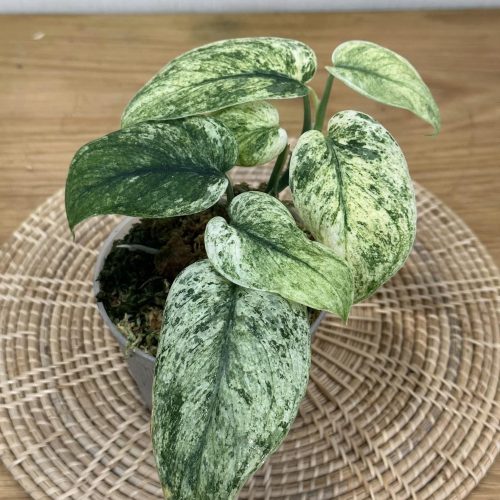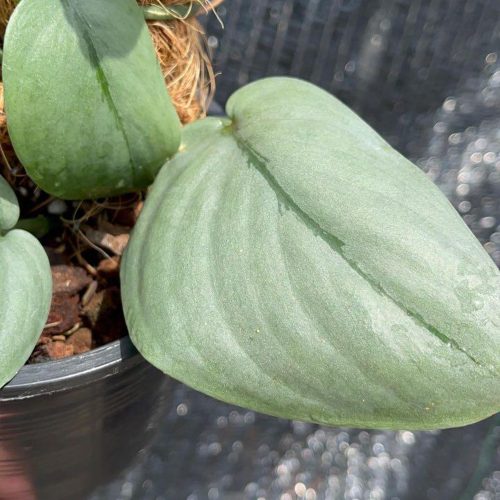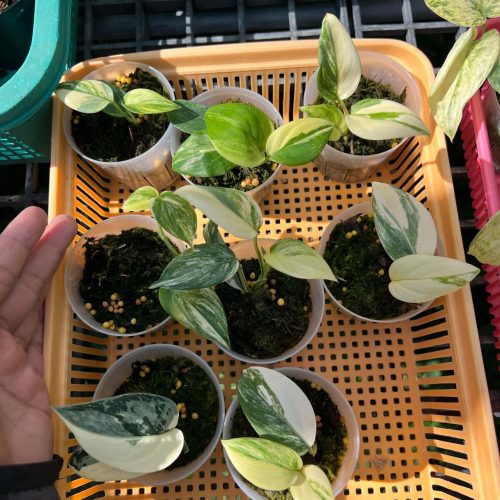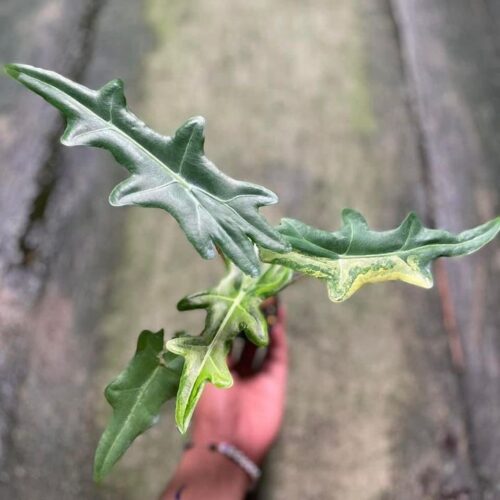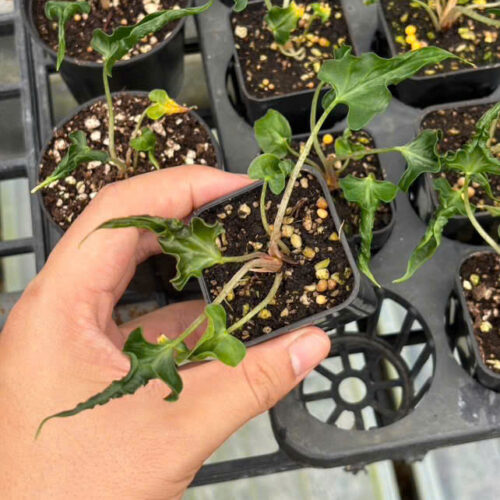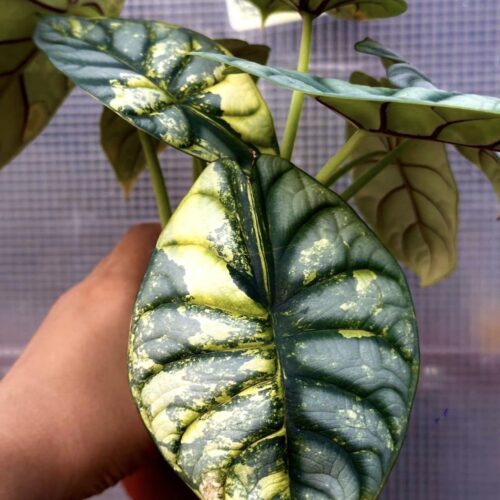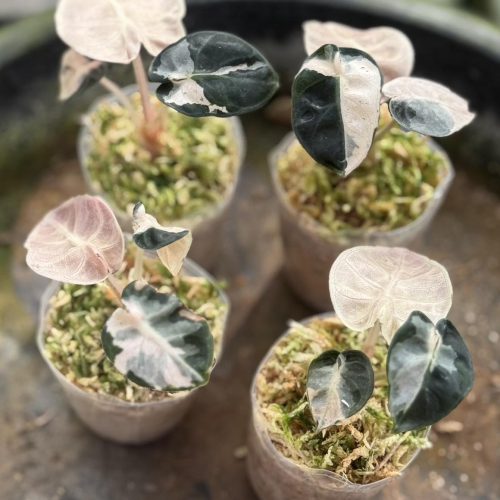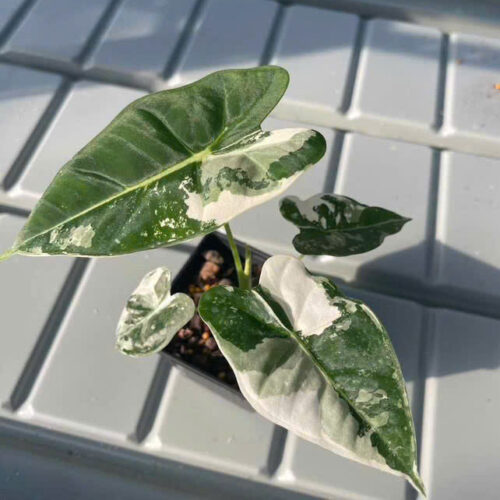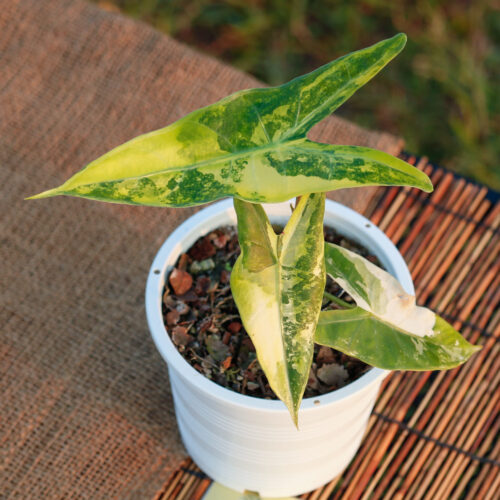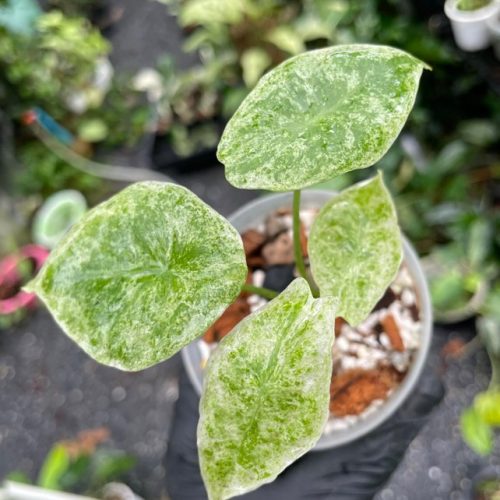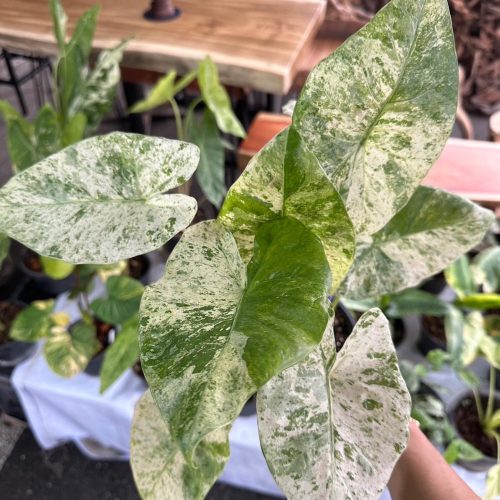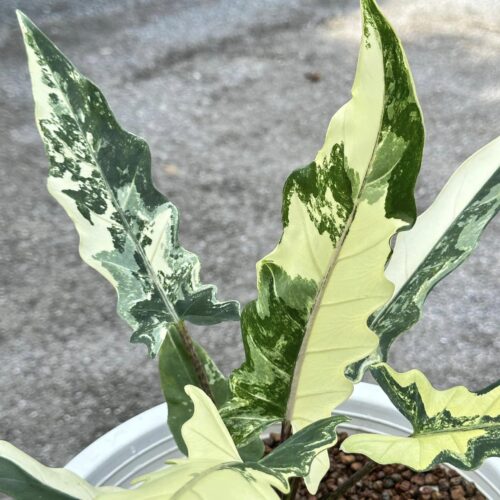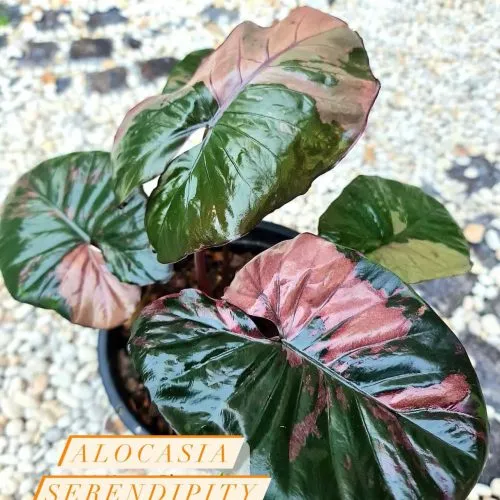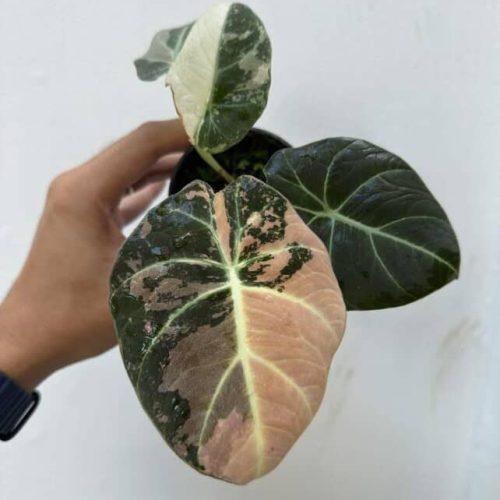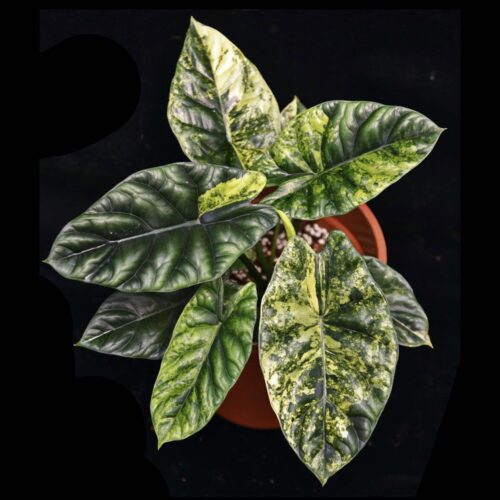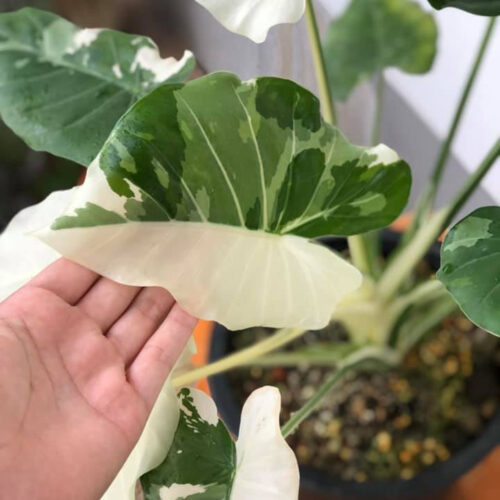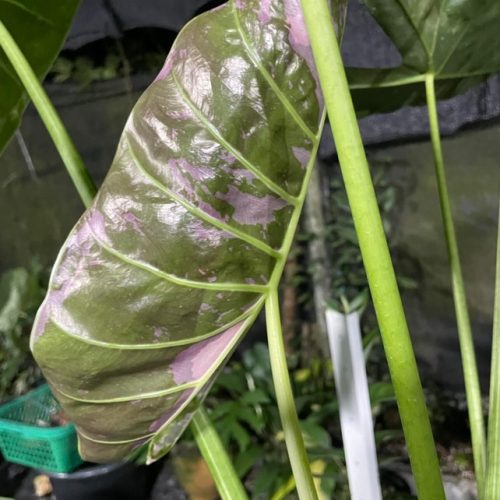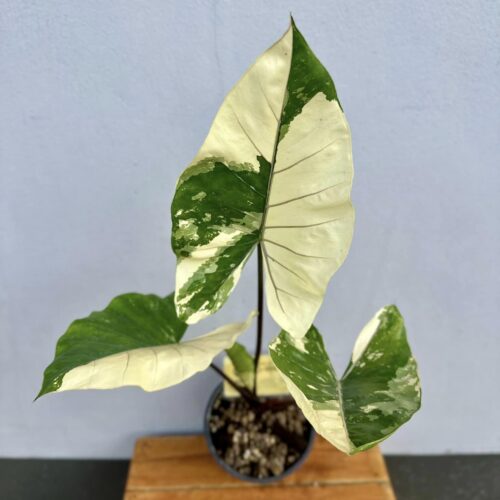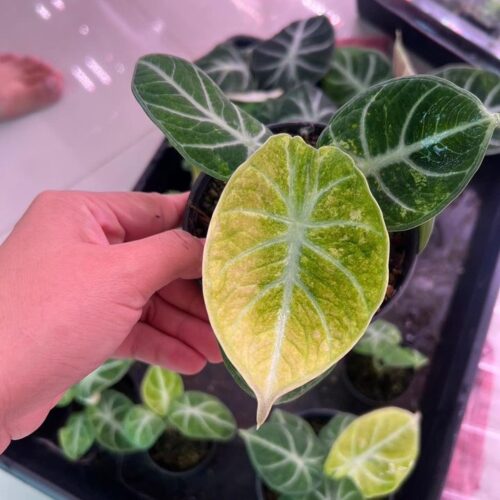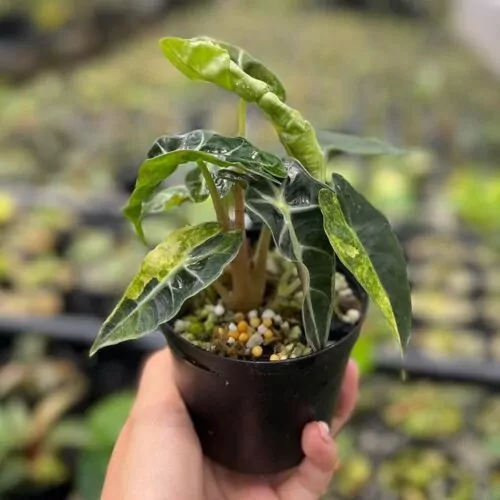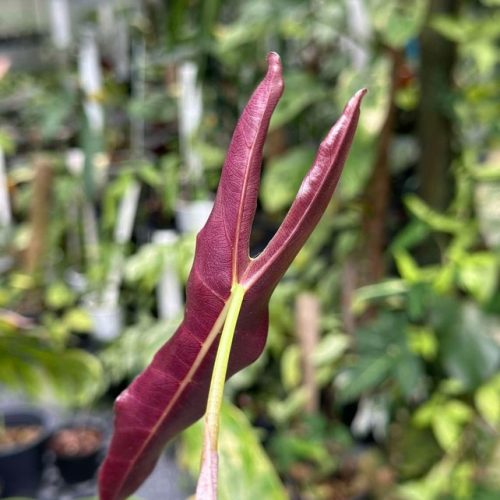Alocasias, also known as elephant ears, are tropical plants known for their large, arrowhead-shaped leaves. They are gaining popularity as houseplants and landscape plants due to their stunning foliage and tropical look. One thing that surprises many new alocasia owners is how fast these plants grow under the right conditions. In this article, we’ll take a closer look at alocasia growth rates and what impacts them.
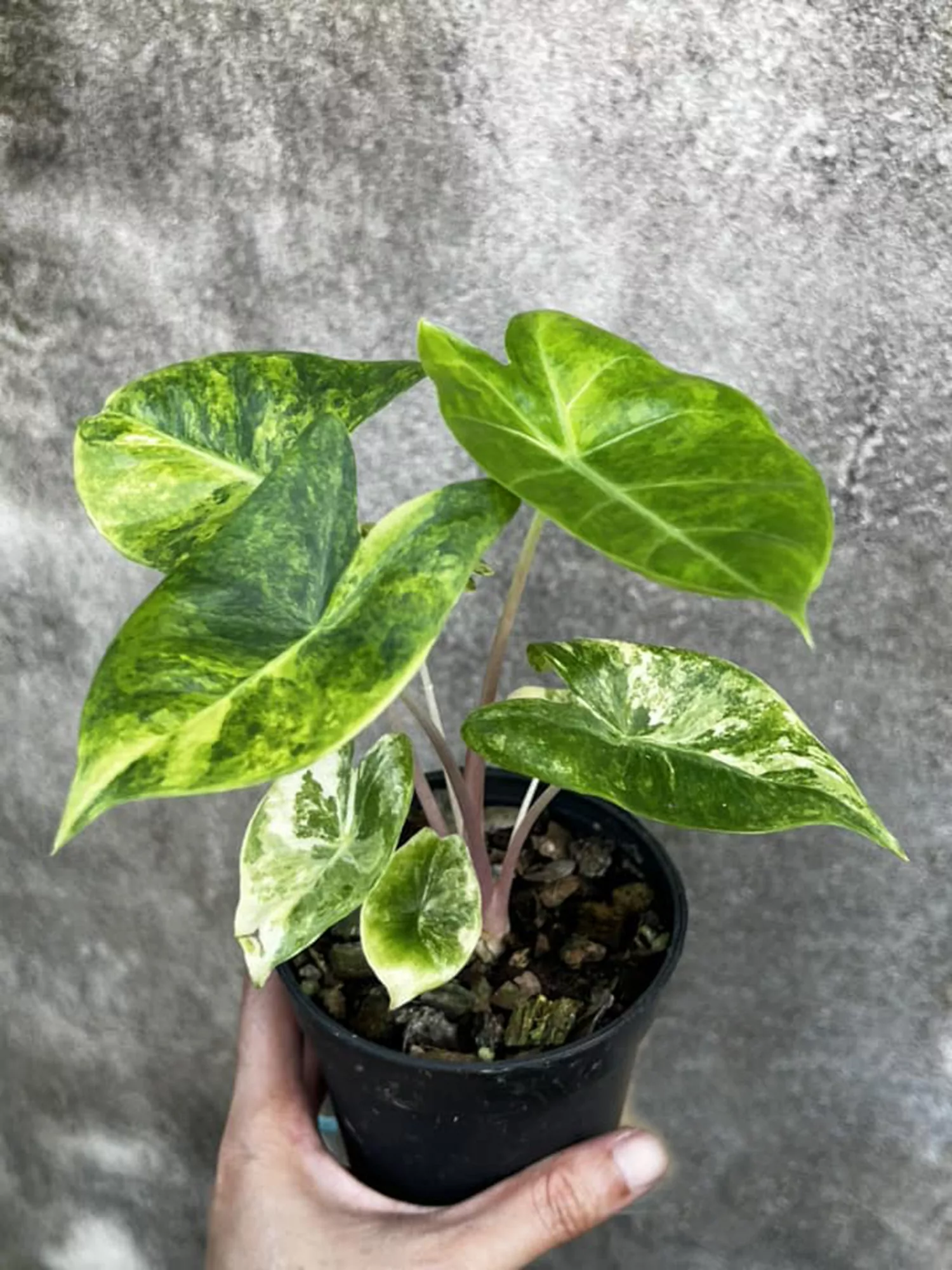
Light Requirements for Fast Alocasia Growth
Alocasias need bright, indirect light to thrive. While they will tolerate low light conditions, their growth will slow considerably without adequate brightness.
Direct Sunlight
Direct sunlight should be avoided as it can scorch the leaves of most alocasia varieties. However, some dwarf and compact types, like Alocasia ‘Polly’ and Alocasia ‘Bambino’, can tolerate a couple hours of morning or late afternoon sun.
Bright Indirect Light
A bright window filtered by a sheer curtain is ideal for most Alocasias. Light from a south, east, or west-facing window usually provides sufficient brightness. Outdoors, these plants grow best in part shade below taller plants or trees, similar to Philodendron and Monstera.
Low Light Situations
In low light indoor situations, alocasias will have much slower growth. Their leaf size and height will remain diminutive, and they may drop leaves more readily. If keeping an alocasia in lower light, choose a compact variety over a large one. Provide artificial lighting if possible.
Moisture Levels and Watering for Rapid Growth
Proper moisture is key for fast alocasia growth. These tropical plants prefer consistently moist, but not soggy soil.
Watering Frequency
Water alocasias whenever the top inch or two of soil becomes dry. Check the soil moisture daily in hot weather or if the plant is in a bright, sunny area. Large varieties in fast-draining soil may need watering twice a week, while smaller ones in richer soil may go up to two weeks between waterings.
Humidity
High humidity supports lush, rapid leaf growth. Mist Alocasia leaves daily or set their pots on a pebble tray filled with water to increase moisture in the air. Consider investing in a humidifier if your home’s air is very dry. This practice is also beneficial for Syngonium and Homalomena.
Well-Draining Soil
Use a well-draining potting mix to prevent soggy roots. Add perlite, orchid bark, or horticultural charcoal to increase drainage. Avoid potting mixes with water-retaining substances like peat or coconut coir. These hold too much moisture for alocasias over time.
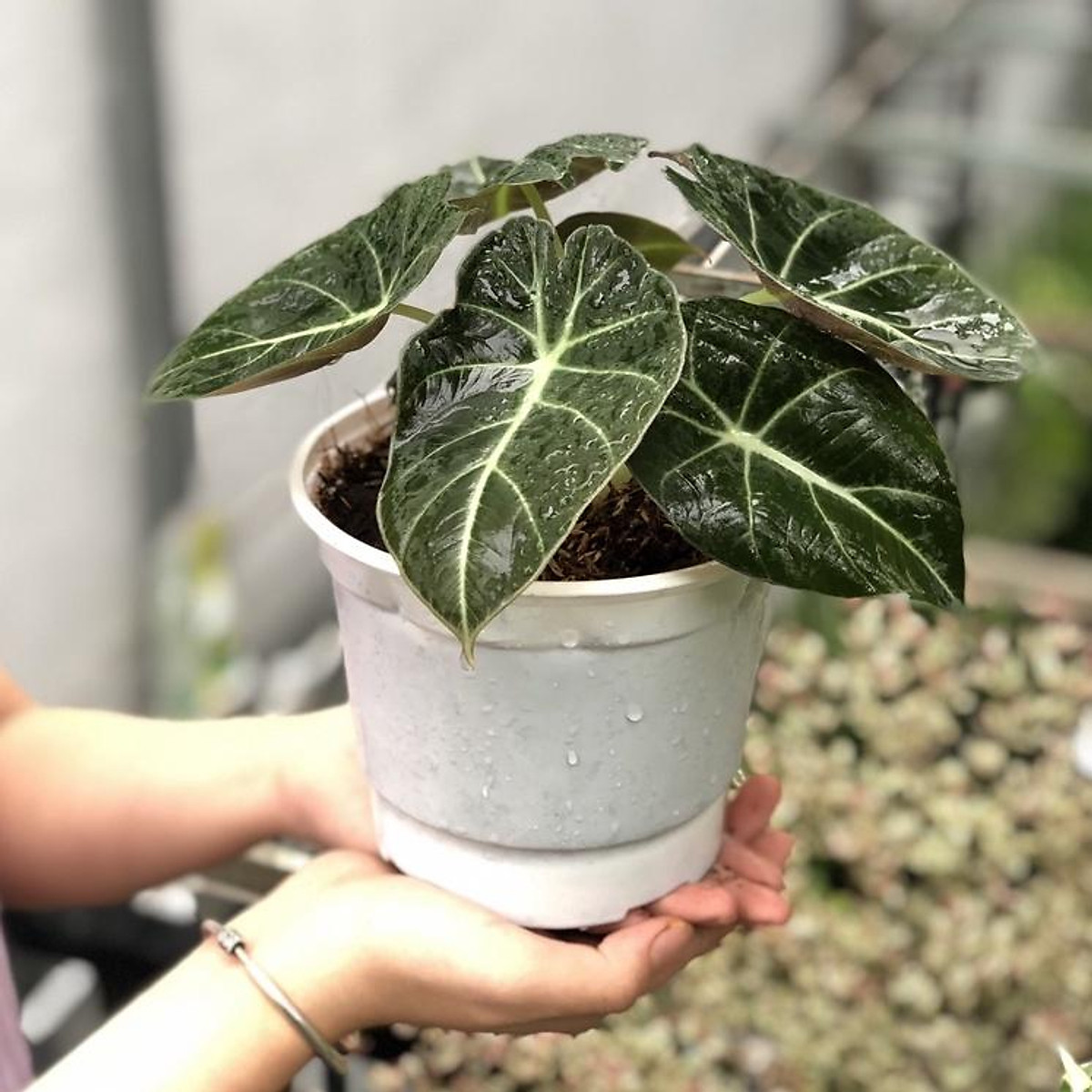
“Explore the Exceptional 2024 Alocasias Variegata Collection: A Curated Selection of the Rarest and Most Unique Varieties Available.”
Temperature and Air Circulation
Warm to hot temperatures allow alocasias to grow exponentially faster. Ensure plenty of air movement around the plants as well.
Ideal Temperature Range
Alocasias grow fastest at temperatures between 70°F to 90°F. Cooler temperatures below 65°F cause growth to slow or stop. This tropical genus does not tolerate frost or freezing weather either. This temperature range is also suitable for Colocasia and Anthurium.
Air Circulation
Good airflow is vital, as it keeps the large leaves dry and less prone to fungal diseases. Use circulating fans to prevent problems like crown rot on these moisture-loving plants. Avoid drafty areas though that may shock the plant. Proper air circulation is also important for Epipremnum and Scindapsus.
Location Changes
Try not to move alocasias around often. Frequent location changes can stress them and cause leaf drop after transport. Find a stable spot for each plant that provides suitable warmth, humidity, light levels, and air flow.
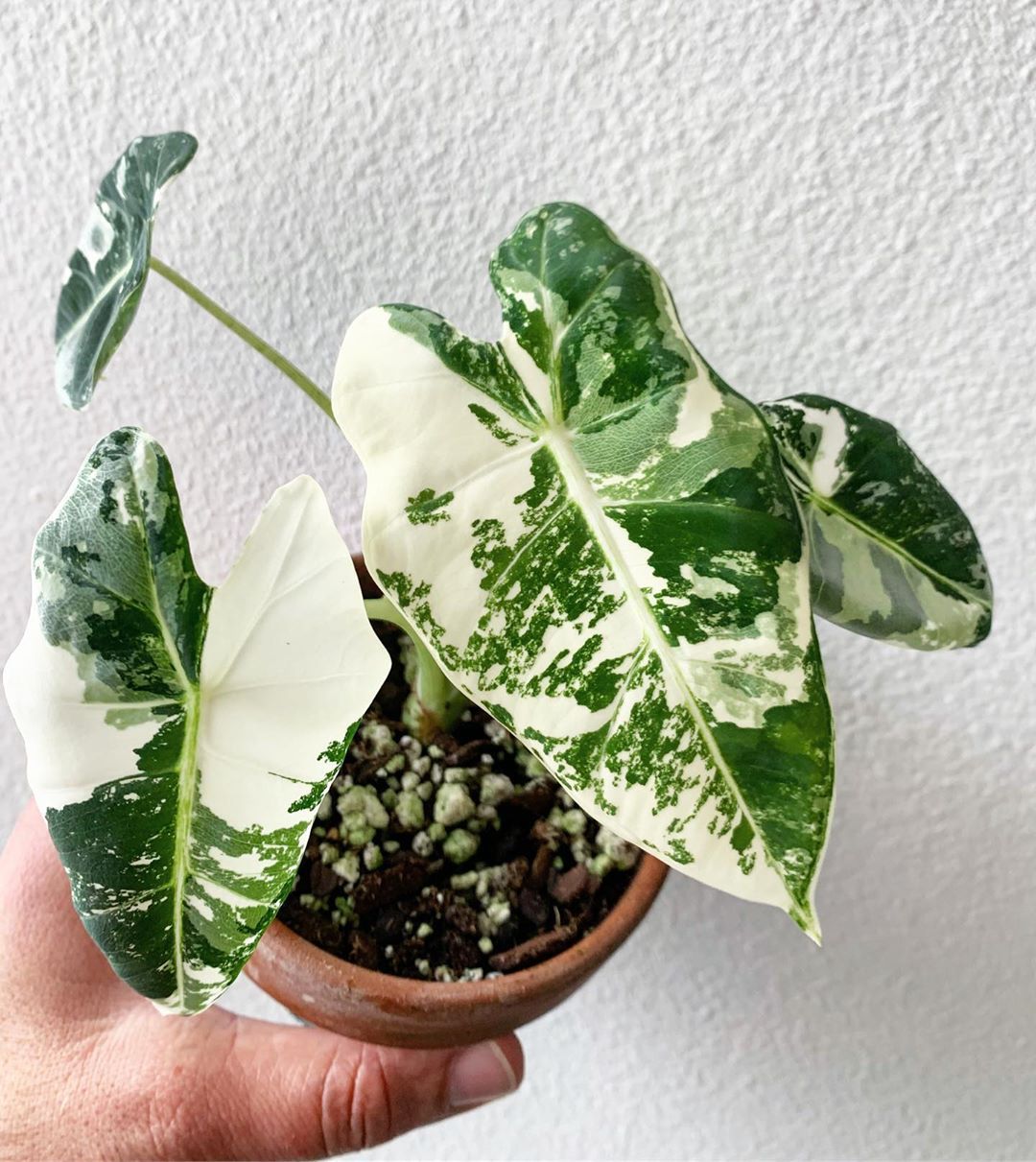
Fertilizer for Robust and Rapid Growth
Feeding alocasias regularly with a balanced liquid fertilizer stimulates lush growth. Certain micronutrients also play key roles.
Balanced Fertilizer
Use any balanced houseplant fertilizer, following label directions. Fertilize every two weeks during the active growing season (spring through summer). Reduce feeding frequency for dormant plants in fall and winter months. This feeding schedule is also beneficial for Aglaonema and Zamioculcas zamiifolia – ZZ plant.
Micronutrients
Micronutrients like magnesium and manganese encourage larger, greener leaves. Apply a micronutrient supplement monthly if pale leaves develop, indicating a deficiency. This practice is also important for other tropical plants like Hoya Plants and Dischidia.
Avoiding Fertilizer Burn
Only apply half-strength fertilizer on juvenile plants. Flushing the soil monthly prevents buildup of fertilizer salts that can burn roots and slow growth.
Alocasia species are the most sought after by aroid plant lovers
Conclusion
With the right care, alocasia plants can put out multiple new leaves each month and reach mature heights rapidly. Pay close attention to their light, water, humidity, temperature, airflow, and nutrition needs for the fastest possible growth rate. Consistently meeting these requirements will help both juvenile and mature alocasias thrive.
FAQs
-
What are the ideal light conditions for Philodendron Tortum? Philodendron Tortum thrives in bright, indirect light. Avoid direct sunlight, as it can scorch the delicate leaves. An east- or west-facing window is usually a good spot. If your home doesn’t have enough natural light, you can supplement with artificial grow lights.
-
How often should I water my Philodendron Tortum? Allow the top inch or two of soil to dry out before watering again. Overwatering can lead to root rot, so it’s better to err on the side of underwatering. During the winter months, you can reduce watering frequency as the plant’s growth slows down.
-
What type of soil is best for Philodendron Tortum? A well-draining, airy potting mix is crucial for Philodendron Tortum. A mix of peat moss, perlite, and orchid bark works well. You can also add some charcoal to help prevent fungal growth.
-
Does Philodendron Tortum need high humidity? While Philodendron Tortum appreciates higher humidity levels, it can tolerate average household humidity. If you notice the leaf edges turning brown or crispy, you can increase humidity by misting the leaves regularly, using a pebble tray, or placing a humidifier nearby.
-
How can I encourage my Philodendron Tortum to climb? Provide a moss pole or trellis for your Philodendron Tortum to climb on. Gently tie the stems to the support using plant ties or clips. As the plant grows, it will naturally attach itself to the support with its aerial roots.
See more 5 Steps to Propagate Alocasias: Grow Elephant Ears for Free!





















